Description
Ranunculus, commonly known as Persian buttercups, are flowering plants prized for their vibrant colors and lush, layered petals that resemble peonies or roses. While members of the larger buttercup family (Ranunculaceae), the popular florist variety, Ranunculus asiaticus, is cultivated specifically for its exquisite blooms.
Characteristics
- Appearance: The flowers feature delicate, tissue-paper-thin petals tightly packed into a cup or pom-pom shape. Colors include shades of pink, orange, red, yellow, purple, and white.
- Growth habit: Most ranunculus are grown from claw-like tubers called corms.
- Size: Plants typically grow 1 to 2 feet tall and produce many flowers on sturdy stems, making them excellent for cutting.
- Vase life: Cut ranunculus flowers can last for over a week in a vase if harvested when the buds are soft and beginning to show color.
Growing conditions
- Light: Ranunculus thrive in full sun but can tolerate partial shade, especially in hotter climates.
- Soil: They require rich, loamy, and well-draining soil. Corms are sensitive to rot if the soil is waterlogged.
- Planting time:
- Warm climates (Zones 8–11): Plant corms in the fall for blooms in the early spring.
- Cold climates (Zones 4–7): Plant corms in late winter or early spring after the last frost.
- Watering: Keep the soil consistently moist but not soggy. Reduce watering as the foliage begins to yellow after blooming.
- Fertilizing: A regular application of a water-soluble fertilizer during the growing season can help increase bloom production.
Popular varieties
- Tecolote Giants: Known for their large, 4- to 5-inch blooms on strong, tall stems.
- Butterfly Ranunculus: Features fewer petal layers for an airy, whimsical appearance. Stems produce multiple flowers.
- Elegance Series: A popular Italian variety known for long stems, high productivity, and extra-large flowers.
- Hanoi: A delicate variety prized for its light-blush pink petals.
- Picotee: Showcases petals with distinctive, contrasting-colored edges.
Uses and symbolism
- Uses: Ranunculus flowers are a favorite of florists and gardeners for use in beds, borders, containers, and wedding bouquets.
- Symbolism: In the Victorian language of flowers, ranunculus symbolizes charm, radiance, and attraction. It is also associated with good luck and new beginnings.
Important considerations
- Toxicity: All parts of the ranunculus plant are poisonous to humans and pets if ingested, so it’s best to keep them away from children and curious animals. The sap can also cause skin irritation.
- Pests and diseases: Watch for aphids and fungal diseases like powdery mildew and gray mold, which are often caused by poor air circulation or overwatering.
- Annuals or perennials: While technically a tender perennial (in Zones 8–11), ranunculus is often grown as an annual in colder climates, where the corms are dug up and stored for the winter.
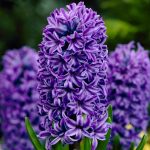
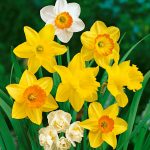
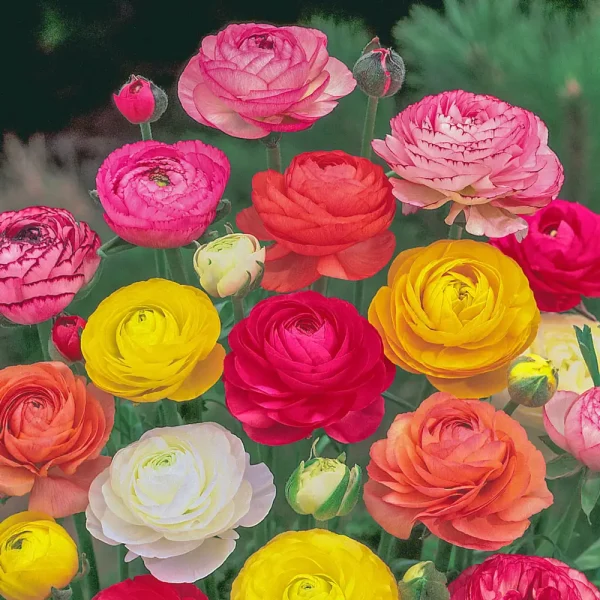
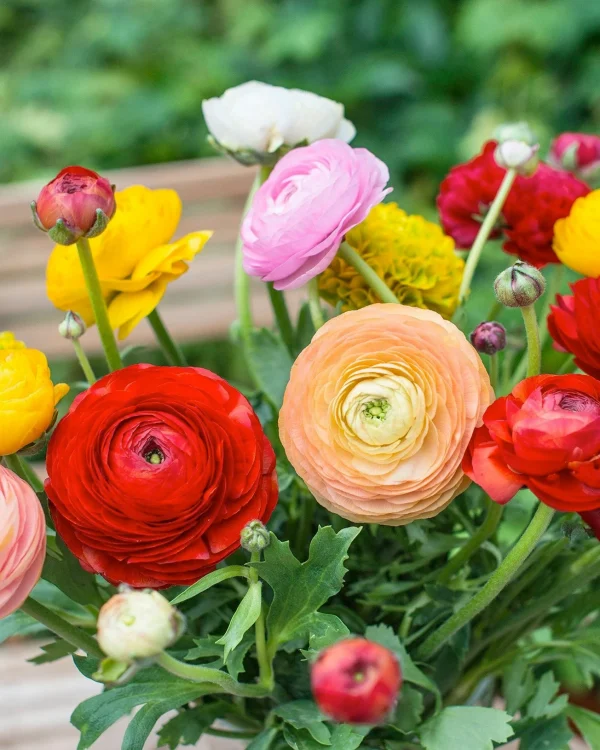
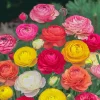
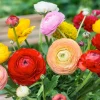

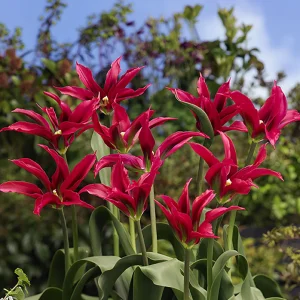
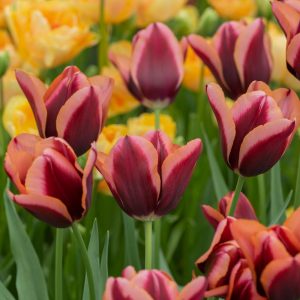
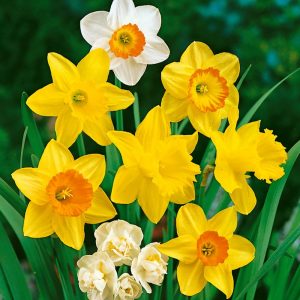
Reviews
There are no reviews yet.